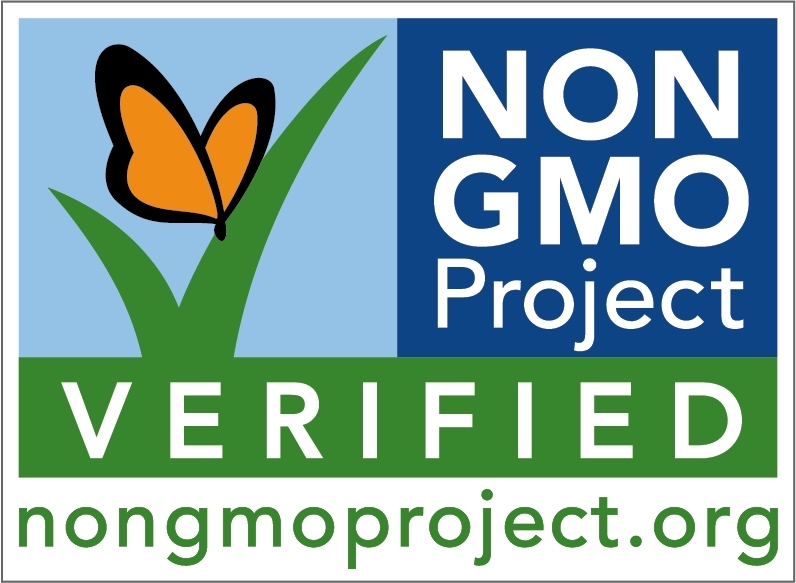
Food quality and abundance are potential challenges as the world population continues to escalate. One particular answer to solve such an issue is through food biotechnology (FB) interventions. FB can be defined as the implementation of single microorganisms, enzymes, and microbial groups to modify food.1Such interventions are used to improve rates of production, conserve perishable raw materials, and improve digestibility and palatability.1(140)2
Although such innovations are intended to achieve said outcomes, evidence and public opinion has suggested such processes are not entirely absent of risk or efficacy. Furthermore, access to unaltered/organic foods has also proven challenging to the consumer. As a means of appreciating such evolutions and challenges in FB and food access, the following will further explore the same in greater detail. Nestle1(146) suggested that FB wishes to solve world hunger and food shortages by altering plant and animal production for human consumption and plant production for animal consumption. Some of the suggestions from FB are as follows:
Food Plants (human consumption)
Improve flavor/texture/freshness
Increase vitamins/protein
Increase sugars/waxes/other nutritionally important components
Decrease levels of caffeine
Reduce saturated fatty acids
Produce antibiotics/vaccines/contraceptives
Crop Plants (animal consumption)
Introduce herbicides to control weeds
Permit growth with minimal use of water/fertilizers/pesticides/water
Increase resistance to insects/fungus/viruses
Increase resistance to stress from frost/heat/salt/heavy metals
Increase grain content of scarce amino acids
Permit fixation of atmospheric nitrogen
Food Animals (human consumption)
Increase growth and production
Strengthen disease resistance
Use vaccines
Increase milk production
Produce milk-containing pharmaceuticals

Such magnanimous statements do, at least in theory, sound appealing and plausible. However, some practical implications exist. As an example, modification of rice was undertaken to address a deficiency of vitamin A in the human diet; a micronutrient lacking in resource-limited countries and one responsible for blindness and death .2(159)3
Although, FB companies suggested and proved success at infusing beta-carotene, a vitamin A precursor, in rice (known as Golden Rice) such a success met with practical barriers; to achieve adequate amounts of beta-carotene to produce vitamin A, each individual would be required to consume 20 pounds of Golden Rice per day.2(162)
Furthermore, the above incident is not an exhaustive exploration of FB promises and practical applications, and such an example should encourage the consumer to wield vigilance and a healthy skepticism when reviewing corporate claims.

Access to quality foods has proven challenging in North America largely due to a lack of transparency in labeling.2(122) The impetus behind opaque labeling is predominantly driven by an equally unclear relationship with the industrial food sector.2(222) Democratic governments, in theory, are tasked to represent and serve the needs of their citizens. However, Nestle2(222) indicated that entities (corporations) have pressured government agencies to abide by their wishes to omit labeling genetically modified foods. Instead of agencies, like the federal drug administration (FDA), representing the needs of the many, it chose to represent the needs of the few (corporations in FB).2(222)
Objectivity of employees within such agencies as the FDA becomes questionable when considering the open-door policy between said agency and FB companies; employees will leave positions of one body and seek employment in the other.2(204)Such behaviors ultimately drive citizens to question whose needs are being addressed (corporations or citizens). Such methods are in contrast to the European Union who requires food manufacturers to conduct risk assessments, post-safety market reviews, and public consultations when preparing a food for distribution.2(237)
In conclusion, food quality and abundance are potential challenges as the world population continues to rise. FB companies can, and do, exert influence upon such public needs. However, evidence has suggested that a desire to produce profits is an inherent trait of a corporation which may take precedence, or perhaps dominate, over other concerns such as consumer desires to have foods labeled. Ultimately, FB corporations have demonstrated a capacity to influence government regulating bodies by legal pressuring and financial incentivization. Consumers must be aware that corporate and political relationships exist and have a potential to influence each other’s needs. Thus, vigilance must be employed when purchasing foods in the midst of questionable food-regulating bodies.
References
1. Camaras C, Chiron H, Daboussi F, et al. INRA’s research in industrial biotechnology: For food, chemicals, materials and fuels. Innov Food Sci Emerg Technol. 2018; 46:140-152. doi:10.1016/j.ifset.2017.11.008
2. Nestle M. Safe Food. Berkley, CA: University of California Press; 2003.
3. Martini S, Rizello A, Corsini I, et al. Vitamin A due to selective eating as a cause of blindness in a high-income setting. Pediatrics. 2018; 141(5):S439-S444. doi:10.1542/peds.2016-2628.
-Michael McIsaac
